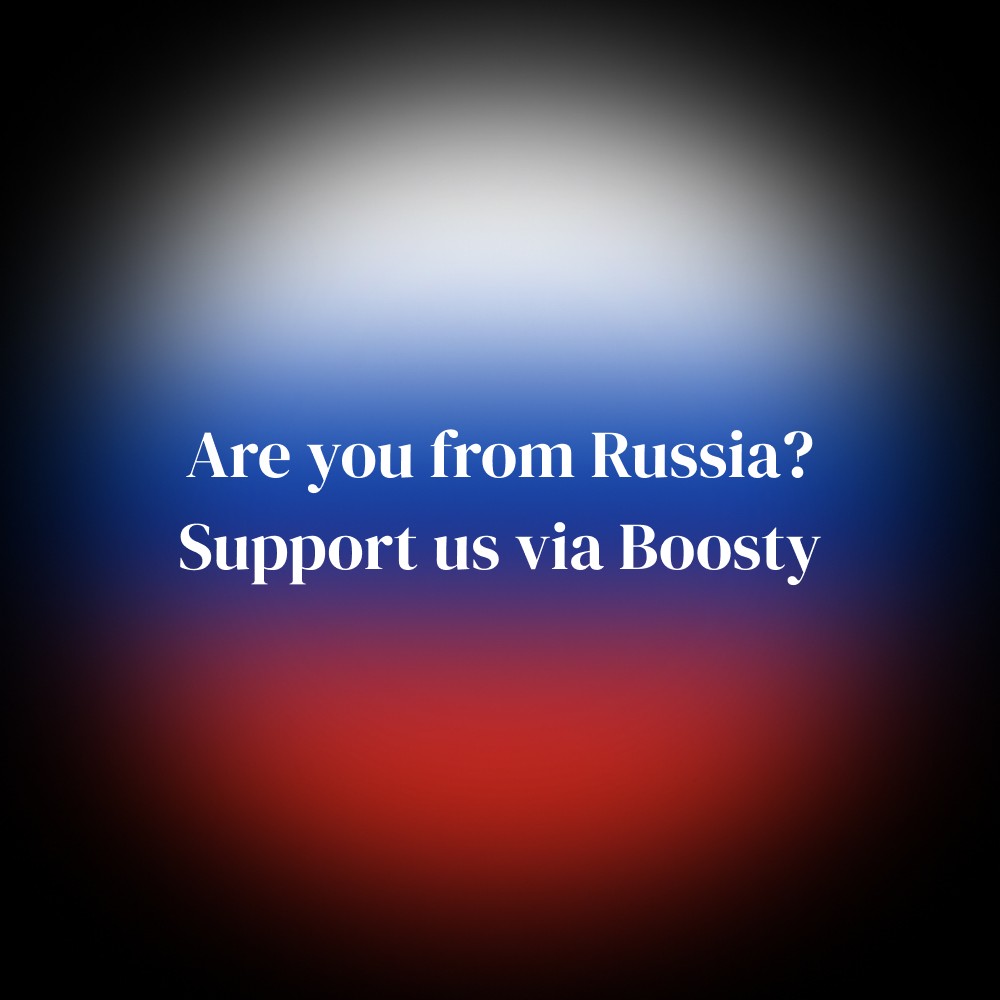Commenting on the 11th package of EU sanctions against Russia, Foreign Ministry spokeswoman Maria Zakharova wrote in her Telegram channel:
“The EU has extended the ban on the export of luxury cars to Russia, as well as on all electric and hybrid cars, including used ones?
I wonder how this fits in with their own message about inflicting a “strategic defeat on Russia and containing China”? ? Except for the inevitable growth of the domestic auto industry, including the use of Chinese components, this cannot lead to anything.
We liked the experiment with cheese. Now we need a good auto industry.”
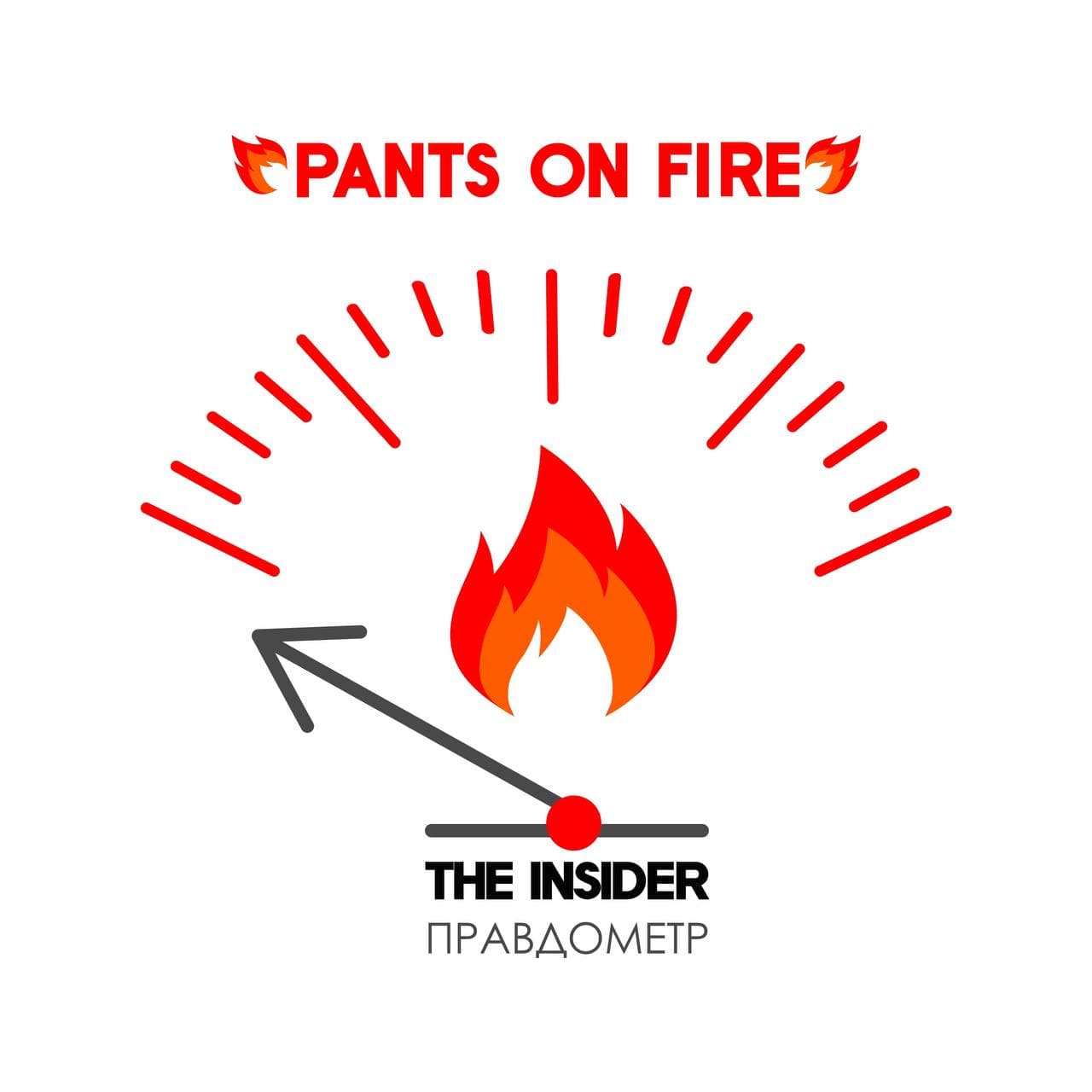
The Russian auto industry has long been under sanctions, and one can judge what this inevitable growth looks like. In February, the quite pro-Kremlin Interfax wrote:
“The production of passenger cars in Russia in 2022, against the background of the introduction of large-scale sanctions and the withdrawal of foreign automakers from the country, fell by 67%, to a historic low of 450,000 units,” Rosstat said.
In December, their release was the highest since March, showing an increase compared to November by 1.7 times (by 70%), up to 40.3 thousand units (-68% compared to December 2021), follows from the data of the department.
The deepest annual decline in production in modern Russian history was previously recorded by Rosstat in 2009. Then, during the crisis in the global economy and the automotive industry, 597,000 passenger cars were produced (-59.4% compared to 2008)."
But these are data for the last year, and at the recent St. Petersburg Economic Forum, AvtoVAZ presented two new models at once. One of them – Lada X-Cross 5 – turned out to be a Chinese FAW Bestune T77 crossover with a re-glued nameplate. However, it was not possible to re-glue it everywhere: the Lada logo flaunted on the radiator, and Chinese remained on the steering wheel. The fact is that the nameplates have a different shape and for replacement it was necessary to make a new plastic pad on the steering wheel. Apparently, AvtoVAZ failed to cope with this task.
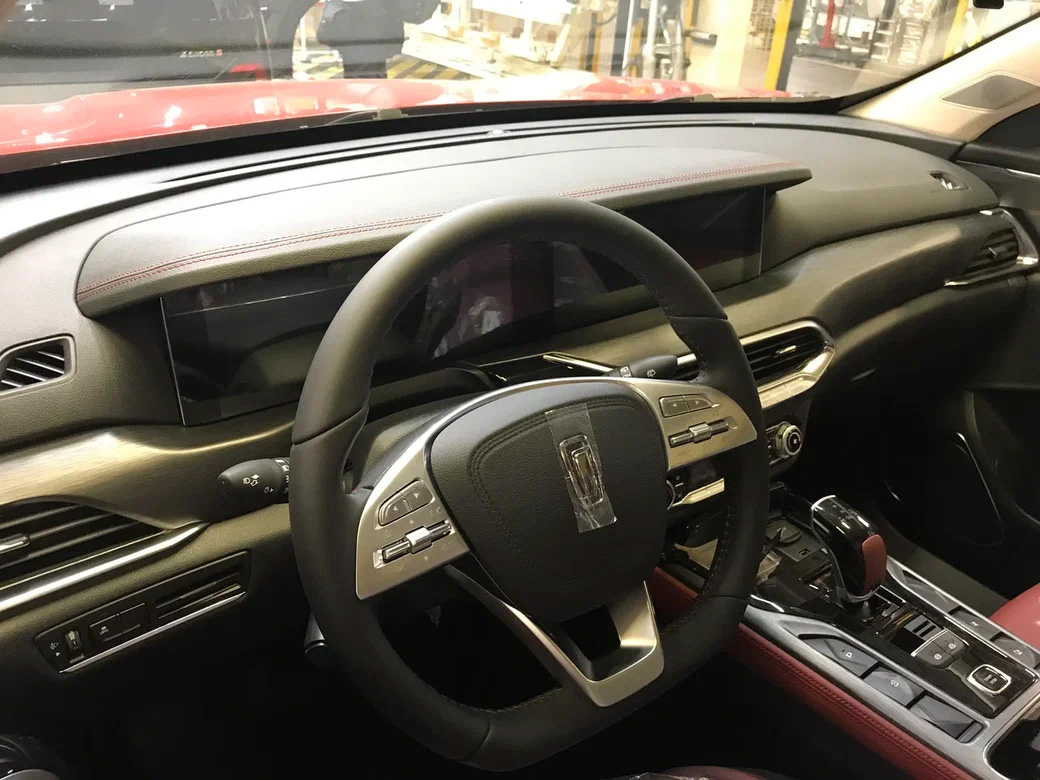
But the second model – Lada Aura, presented as a premium – is a completely domestic development. True, not entirely original: it's just an elongated Lada Vesta. When Finance Minister Anton Siluanov got into it, it would not start . AvtoVAZ explained this by saying that the automatic transmission was not in the parking position, but in gear, so the launch was blocked. But automotive journalist Sergei Aslanyan noticed . that in this case the starter would not turn on, and in the video that captures this awkward moment, the sound of a working starter is perfectly audible. They managed to start the car by fixing something under its hood, after which Siluanov called the new AvtoVAZ product a “good car” and announced his readiness to replace official foreign cars in his ministry with it.
Channel One correspondent Ivan Blagogoi was interested in another section of the package of sanctions related to the energy sector. He, like Zakharova, tried to pretend that Russia does not care about European sanctions, because it can always switch to trade with Asian partners:
“Russia is selling crude oil to India at a higher price than before the NWO. India produces diesel from it, which is used by EU citizens.”
They even found an animated geographic map to show the route of Russian oil through India to Europe.
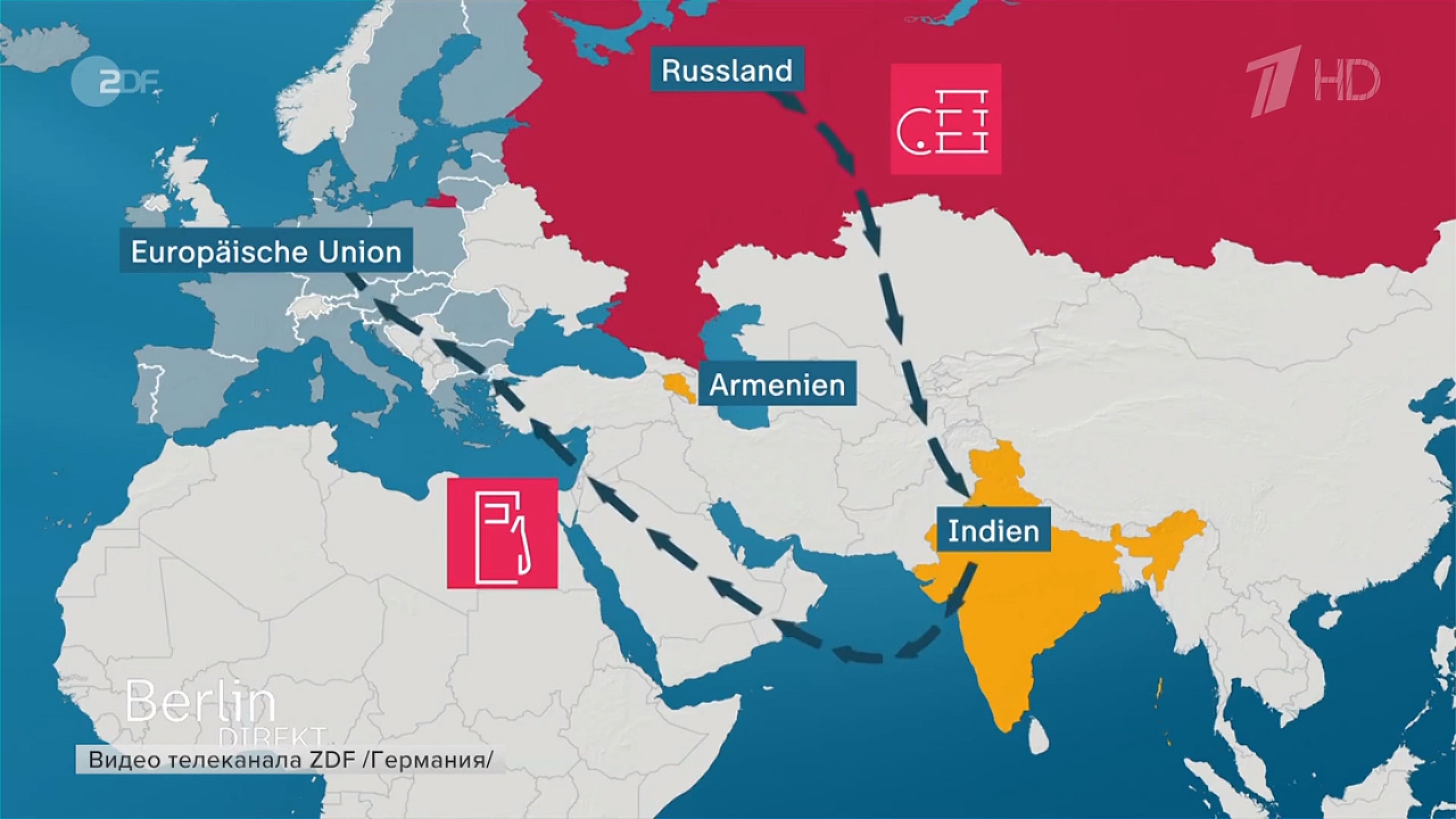
Well, the price of Russian oil after the April decision of OPEC+ to cut production did rise slightly. India buys it at a price slightly higher than the "ceiling" announced by the EU at $60 per barrel. Indian buyers paid an average of $68.21 in April, but that price includes tanker freight costs. After the circle of buyers of Russian oil has narrowed significantly, it is much cheaper than any other (according to Reuters , the discount in Indian ports is $14-17, in Chinese – $11).
But the most interesting thing is to consider the volume of Russian oil supplies according to the scheme described by Blagiy. In 2023, Indian diesel and jet fuel exports to EU countries rose from 154,000 to 200,000 barrels per day, according to India Today . Let's assume that all this is due to Russian oil.
According to the European research center Bruegel , diesel consumption in the EU was at the level of 20-22 million tons per month, with imports from Russia accounting for 8% of this amount (80% of the fuel consumed is produced in the EU itself). Thus, before the embargo introduced in February 2023, Russia supplied 1.6-1.76 million tons of diesel fuel per month to the EU countries.
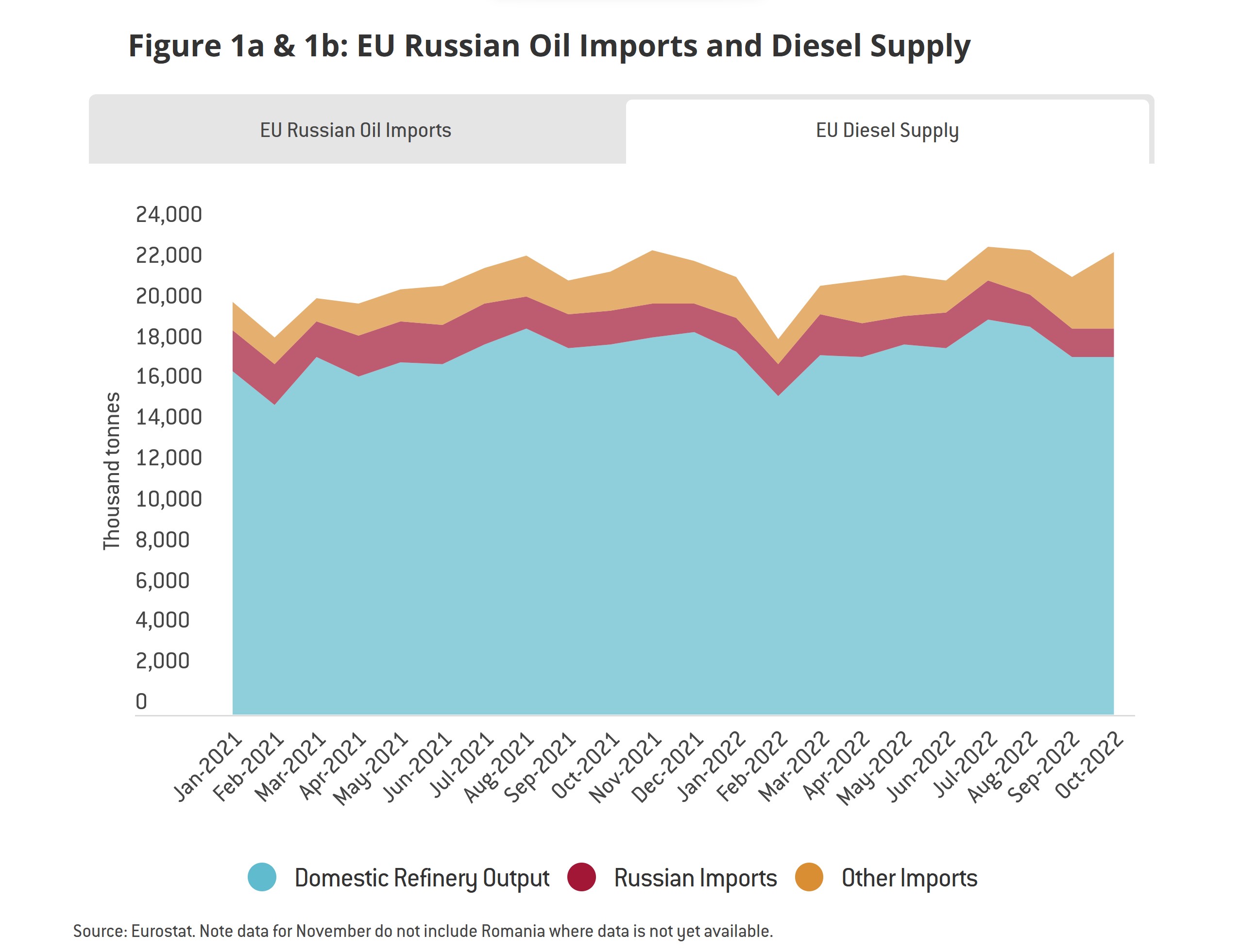
Deliveries from India increased by 46,000 barrels per day, which is equal to 6216.4 tons. This is an average of 189,600 tons per month, and these figures include not only diesel, but also jet fuel. And before the embargo, we recall, Russia supplied the EU with more than one and a half million tons of diesel fuel per month. But the First Channel got a spectacular picture with the Indian route.

